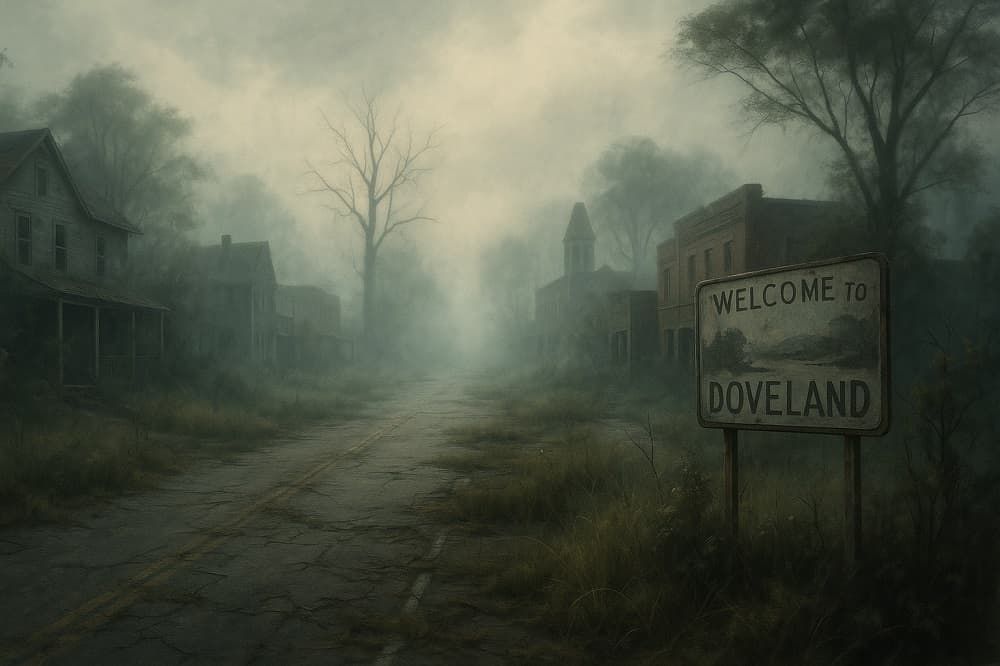When Horse Poop Ruled the Streets: The Pollution Problem That Almost Ended Cities
Imagine a city where progress stank—literally. Before the roar of engines, before the blur of cars on asphalt, the heartbeat of urban life was powered by horses. They pulled carriages, trams, and freight. They were the lifeblood of 19th-century cities. But with each clop of hooves came a darker, messier problem—mountains of manure. By the late 1800s, this “byproduct of progress” had turned into a full-blown environmental and public health crisis. So much so that in 1894, experts feared urban civilization itself was unsustainable.
The Rise of the Horse and the Birth of a Crisis
In the 1800s, horses were everywhere. New York City alone relied on over 100,000 of them to transport people and goods. London had even more. But each horse produced 15–35 pounds of manure per day, along with gallons of urine. Multiply that by the thousands, and you had a daily flood of waste that cities struggled to manage. Streets were often layered with manure several inches deep. In dry weather, it turned to dust, choking lungs. In wet weather, it turned to sludge, inviting disease and decay.
Flies bred in it. Typhoid and other illnesses spread through it. Rats thrived in it. Even the air began to turn toxic. And with the growing urban population and the unceasing demand for horse-powered transport, there seemed to be no solution in sight.
A Poop-Filled Apocalypse Foretold
The crisis reached its boiling point in 1894 when The Times of London published a grim forecast: at the current rate, within 50 years, city streets would be buried under nine feet of manure. Panic spread among urban planners and officials. In New York, horse waste piled up faster than it could be removed, leading to public protests and near civic breakdown. Urban expansion seemed doomed—not by war or economic collapse—but by horse droppings.
Read:-The Forgotten Horse Graveyard in the Ocean That No One Talks About
The problem wasn’t just cleanliness—it was existential. Cities were choking under their own weight. Sanitation workers couldn’t keep up. Real estate values dropped. The urban dream teetered on the brink of collapse. It was a crisis of infrastructure, hygiene, and imagination.
The Unexpected Savior: Innovation on Wheels
And then, as if from a flash of genius—or desperation—technology galloped in to save the day. The internal combustion engine, once a niche invention, became a beacon of hope. When automobiles and electric trams began to appear in the early 20th century, cities quickly embraced them—not just for speed or modernity, but as an antidote to a manure-fueled nightmare.
By the 1910s, motor vehicles had begun replacing horse-drawn carriages. The manure mountains began to shrink. Urban planners breathed a sigh of relief. Streets, once sticky and foul, became passable again. Disease rates fell. Civilization had found a way forward—by leaving behind the animal that once powered it.
A Lesson Buried Beneath the Dung
Today, the Great Horse-Manure Crisis of 1894 is rarely remembered. But it holds a profound lesson: even the most advanced systems can collapse under the weight of their own byproducts. Progress always brings unforeseen consequences. And sometimes, salvation arrives not through persistence—but through disruption.
Thus, when modern life slows you down and you're caught in traffic, consider this: that jam might smell like frustration now, but it once smelled far, far worse. When horsepower meant hooves, not engines, cities stood on the edge of ruin—not because they lacked innovation, but because they hadn’t yet dared to imagine something radically new.
It wasn’t just the car that changed the world—it was the crisis that demanded it.





























